How Old Does a Piece of Furniture Need to Be for It to Be Considered Antique?
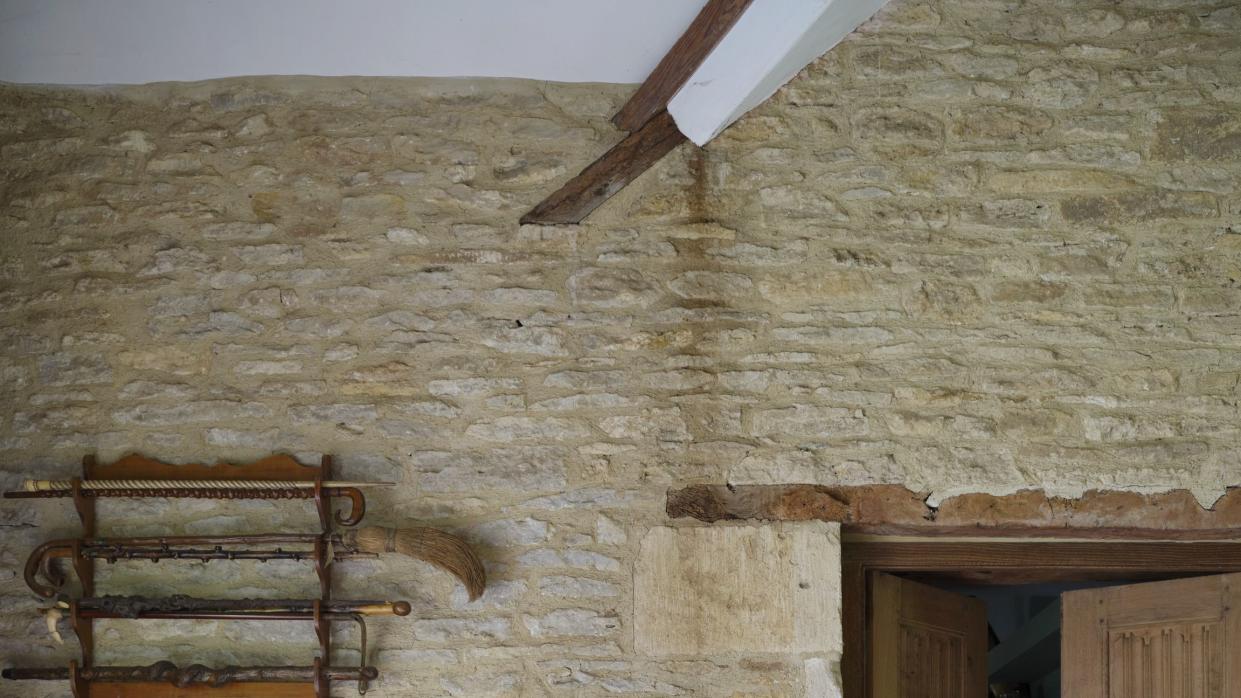
Investing in an antique item can add personality, charm and depth to your home. An item that’s from a previous time is a true relic of the past, and oftentimes is made of materials that you no longer find in furniture and decor items today. However, even though antiques have been all the rage lately, it seems that many times, people don’t know exactly what they’re investing in: In fact, many items that they’re buying—thinking they’re antiques—are actually not, and classify instead as vintage or retro.
“When purchasing an item, it’s important to know what category it falls under, both simply for your own knowledge and also to help its resale value in the future,” says interior designer Lexi Brandon, founder of Brooklyn-based design firm Lex & Hudson. Below, we asked some top interior designers to help shed light on what an antique really is, and how to purchase one for your home.
How old is an antique?
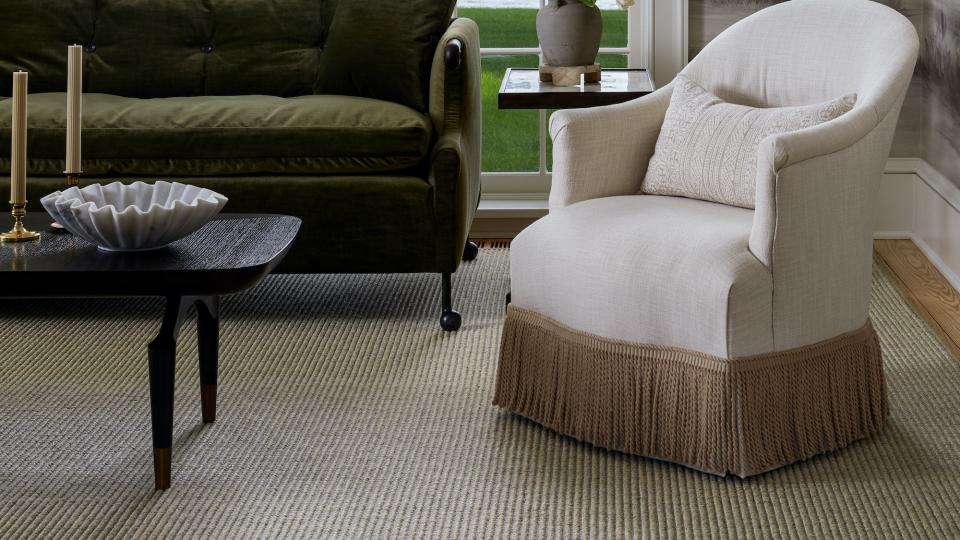
“By definition, an antique is an item that is 100 years old or older,” says Brandon. This doesn’t matter whether it’s a book, a vase, some glassware, or even a piece of furniture—the rule of thumb remains the same.
Generally, vintage items are much less old—think a minimum of 40 years old—while retro furniture isn’t actually old, but simply new furniture that’s designed in a style from the past, like a replica of a 1950's Eames chair, or a throwback velvet couch inspired by the '70s. Those retro pieces, of course, are a much less expensive way to get the old-school look for less, but note that their value will not appreciate in the way a true vintage or antique item will. Not to mention, they likely won’t be created with very high-quality materials if you buy them from a big box store, notes designer Arielle Mizrahi of Short Hills, New Jersey-based firm Arielle Mizrahi Design.
Why is it important to buy antique?

“Buying antiques is important because you’re literally taking home a piece of history,” says Mizrahi. “Antique pieces have a legacy and serve as a design record of a point in time. Some styles of antiques were regional, too, so even more unique, and it's fun to spot the differences among them.” Essentially, by buying antique, you’re honoring those time periods by keeping the design in your home, and you’re also likely getting something that’s better constructed.
“Most antique pieces were created with solid woods (as opposed to plastics and plywood) and original brass furnishings (instead of simply having the fixtures pleated over). They were designed to be passed down between generations and last a long period of time,” adds Mizrahi. So, even if you feel like you’re spending significantly more for your antique, note that you’re also paying for quality—and the item you purchase will likely last a long time.
And don’t forget the environmental implications when it comes to buying antiques, too: As opposed to fast fashion pieces that end up in landfills quickly (because they don't last as long), a solid antique piece will cut down on environmental waste and last for decades to come.
Does age matter when it comes to the antique you choose?
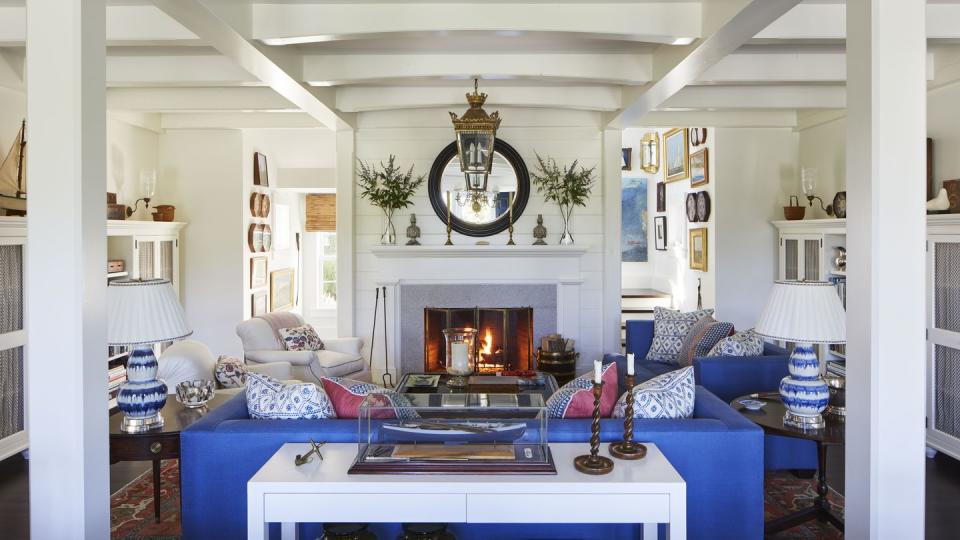
Given that the whole appeal of antiques is, in fact, their age, you might be thinking that the older an antique is, the better. However, Mizrahi is quick to note that you should be focusing on quality instead.
“Age and maker can add value to an antique, but nothing is as relevant as the condition and scale of the item you're considering taking home,” she says. “Does it need further restoration? At what cost? You can fall in love with a sideboard, but if it's 1,000 pounds heavy or a foot too large for your dining room, it really doesn't matter what someone else thinks it's worth. Buy what works!”
In terms of specifics when it comes to age, there are four main eras of antiques: Victorian (1837-1901), Arts and Crafts (1895-1915), Art Nouveau (1890-1910), and Art Deco (1920-1935). Each era has their own valuable pieces, and if an item is older, that doesn’t actually mean it’s worth more. “An appraiser can look for quality, definitive markings, and rarity, which will give you a much better idea of what the antique item is worth,” she adds.
How do you find the best antique for you?
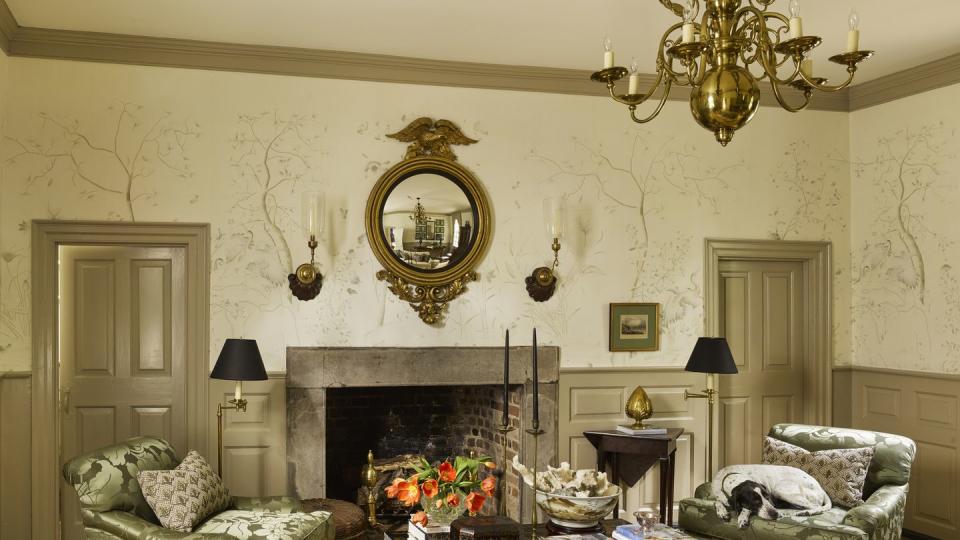
This is entirely a personal preference, so the designers recommend looking for what you’re most interested in: Would you like to up your dining table game with some new glassware, or do you want to decorate your wall with a beautiful antique painting or some lighting? Is it furniture you’re after? Maybe a few nice armchairs, or a chic, one-of-a-kind rug?
“Once you figure out what category of item you’re pining after, you can narrow things down,” adds Mizrahi. “Some of the best antique finds are at estate sales, and you can even find out about them through your local community if you do a little research in your network or Facebook groups. You can circumvent the crowds at an antique fair, and usually discover items that may be priced to sell quickly without a true assessment of their value.”
Are there any rules to follow when decorating with antique items?
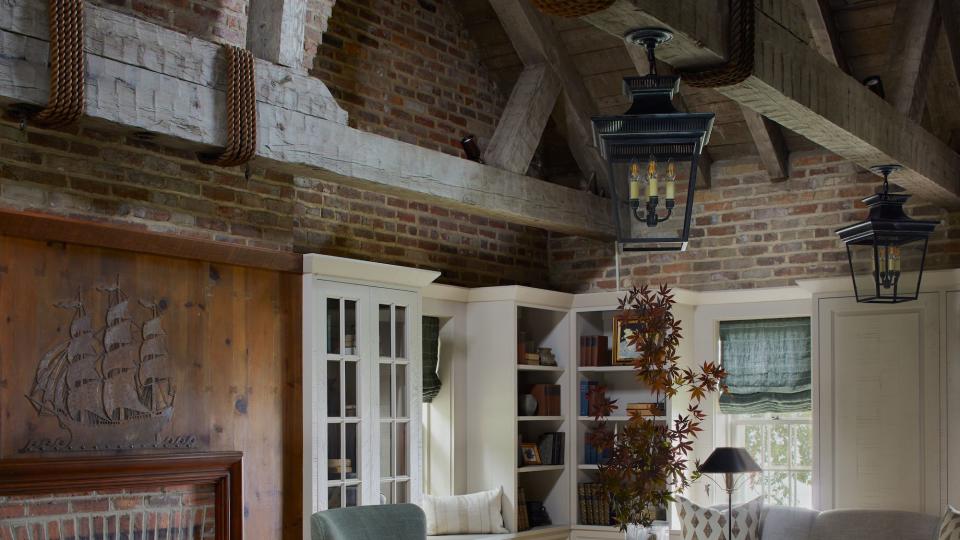
“I love a mix and match, so I don’t personally think there are any rules,” says Brandon when it comes to decorating with antiques. “You can mix different eras if they have similar materials, add in some vintage pieces for a pop, or even just use your antiques as statement pieces—even just one is enough.”
At the end of the day, both designers say to focus on the piece itself (cautioning for quality, of course!) and the joy it brings to you—once you figure that part out, the rest is pretty intuitive.
You Might Also Like

